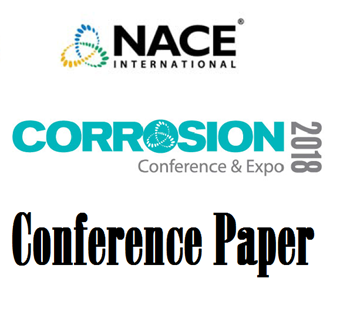Search
07645 THE INFLUENCE OF SOIL CHARACTERISTICS ON COUPLING BETWEEN DC TRACTION SYSTEMS AND BURIED UTILITIES
Also Purchased
51318-10689-PIPELINE STRAY DIRECT CURRENT (DC) INTERFERENCE
Product Number:
51318-10689-SG
Publication Date:
2018
$20.00
05243 Dynamic Stray Current Analysis for New DC Powered Transit Systems
Product Number:
51300-05243-SG
ISBN:
05243 2005 CP
$20.00
07644 STRAY CURRENT EXCHANGE BETWEEN ELECTRIC RAIL AND UNDERGROUND UTILITIES
Product Number:
51300-07644-SG
ISBN:
07644 2007 CP
Publication Date:
2007
$20.00




